Tips and success stories from NetGalley’s marketing experts
The NetGalley marketing team loves collaborating closely with our clients. We’re working with publishers and authors every day to help put their books directly in front of the NetGalley members who are most likely to read, review, and advocate for them. Since our clients are so diverse (from the “Big 5” houses to self-published authors, and publishers of all kinds of books—bestselling fiction to nonfiction and academic, religious, graphic novels, children’s and YA, cookbooks, and beyond) our marketing team has seen first-hand which strategies have worked to engage many different kinds of readers.
Our first Proven Strategies post covered how to grab a reader’s attention with a strategic subject line. Now, our marketing team is sharing tips for the next step: optimizing the design and content of a dedicated eBlast, one of NetGalley’s most popular promotions.
Design
Not every publisher or author has the budget or bandwidth to create unique eBlast designs in-house. That’s ok! You don’t have to design an eBlast in order for an eBlast to succeed. NetGalley’s marketing team has a standard eBlast template that can easily incorporate any art or assets. For example, images you’ve used as Facebook or Twitter covers (like The Bromance Book Club), or graphics from your website or from the jacket art itself, to match the book’s overall branding and achieve a more cohesive look.
The call to action (CTA) should clearly tell the recipient what to do next—and should fit your goal for that campaign. Before creating your eBlast, think about what you want from the recipient: requests, limited-time downloads, wishes, reviews, pre-orders, purchases? Highlight the CTA with color, placement and text treatment. We use standard “button” images that mirror the recognizable action buttons of the NetGalley site, so that recipients can easily spot where to click in the email.
Plus, make sure to preview your email design across multiple devices and email clients, so you know how it will render for recipients who are reading your email on mobile devices, on their computers, or elsewhere. Our team will help test, too!
Content
Remember that, like all of us, the recipients of your eBlast are busy and have short attention spans. It is highly likely that they won’t spend very long on your email, so it’s key to design that email with efficiency and readability in mind. Keep the CTA “above the fold” so the recipient can see it without having to scroll too much. Can the recipient answer what, why, and how after just a few seconds of looking at the email?
And, be sure to include the book’s pub date prominently so they know the best time to submit and post their review. We Are Bookish Executive Editor Kelly Gallucci told NetGalley Insights: “My pet peeve is definitely when emails don’t contain enough information. It’s most helpful for me when the author, book title, genre, and pub date are as up-front and clear as possible.”
When writing the content of your eBlast, keep in mind that less is more. Including an entire book description will likely overwhelm a reader, or increase the chance they will lose interest before taking action. Readers scan emails quickly for info that is relevant to them, so divide text into short paragraphs. And remember that a prominent headline (at the top or center of your eBlast) is your second chance at a strong first impression (after the email subject line). Is your headline clear, impactful, intriguing?
Don’t forget to leverage high-profile relationships. Highlight if your author is already a bestseller, or if there are any exciting crossovers into television or film. And if you have quotes from industry professionals or big-name authors, include those but keep blurbs brief.
We also recommend considering your secondary goals for the campaign, in addition to the main CTA. For instance, in addition to driving requests on NetGalley, do you also want the book to get more nominations for LibraryReads and the Indie Next List? Include a nomination reminder with deadlines (but only if the eBlast is being targeted to librarians and booksellers). Or, in addition to driving Pre-Orders, do you also want to build an author’s brand and social following? Consider including a short author bio, plus a photo and social media links. Do you want to increase brand awareness for your company or imprint? Make sure to highlight your logo and link to your publisher page on NetGalley so members can “favorite” you.
Have questions or need advice? Ask NetGalley’s marketing team – marketing@netgalley.com! We’re here to help, and want to help your book succeed. And, be sure to subscribe to NetGalley Insights so that you don’t miss our next Proven Strategies post.



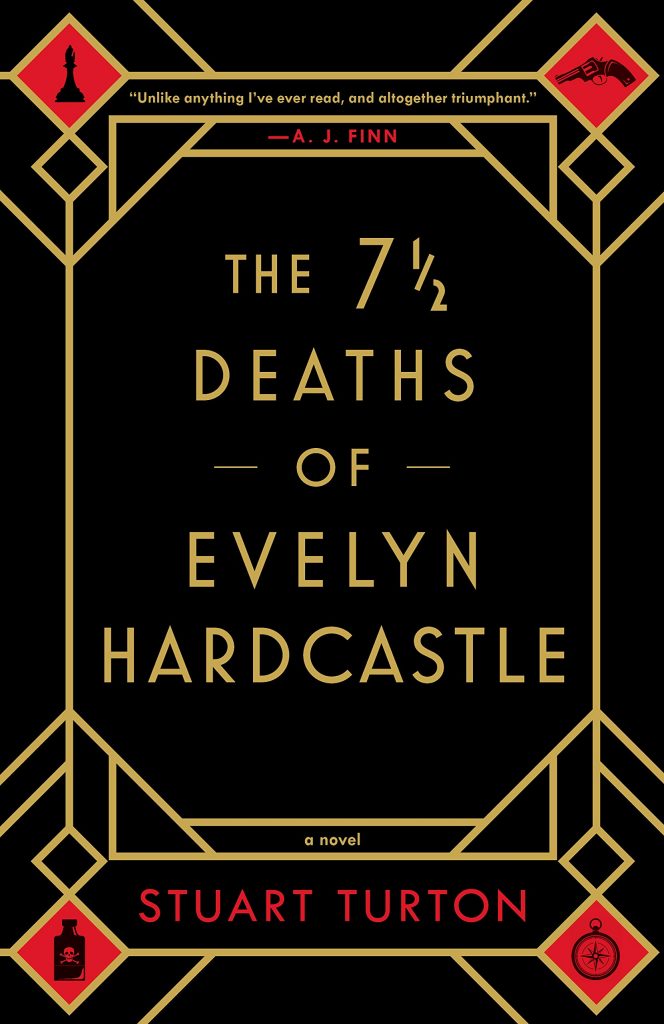
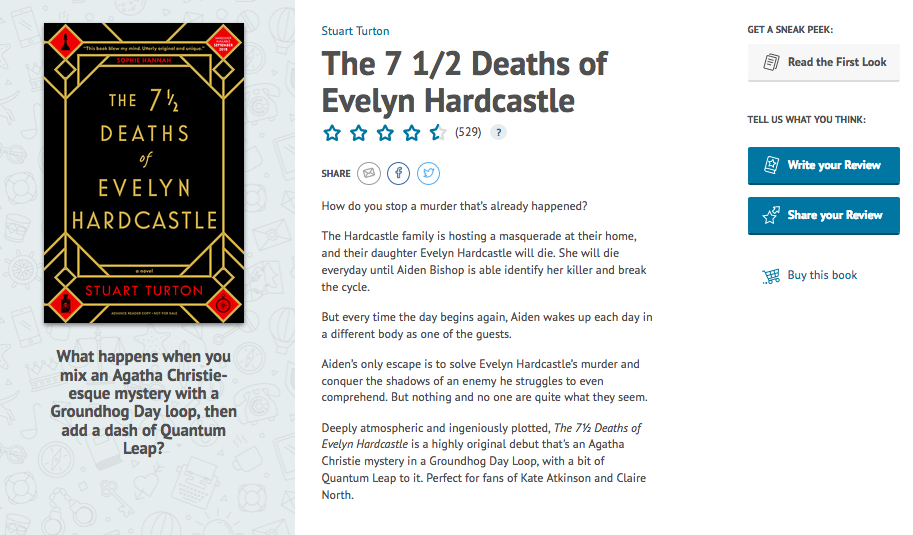

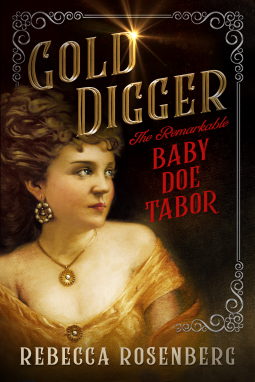
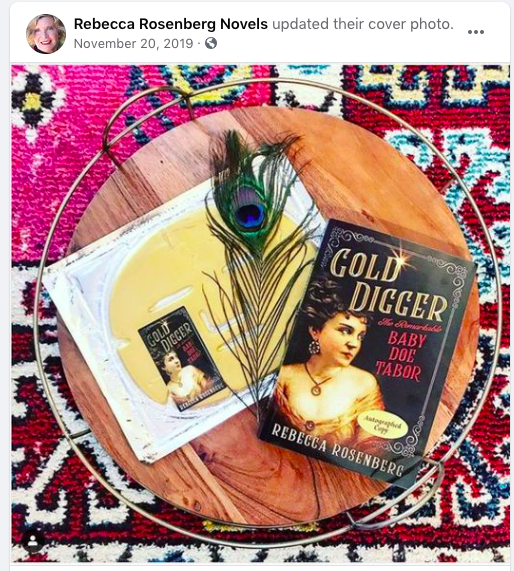
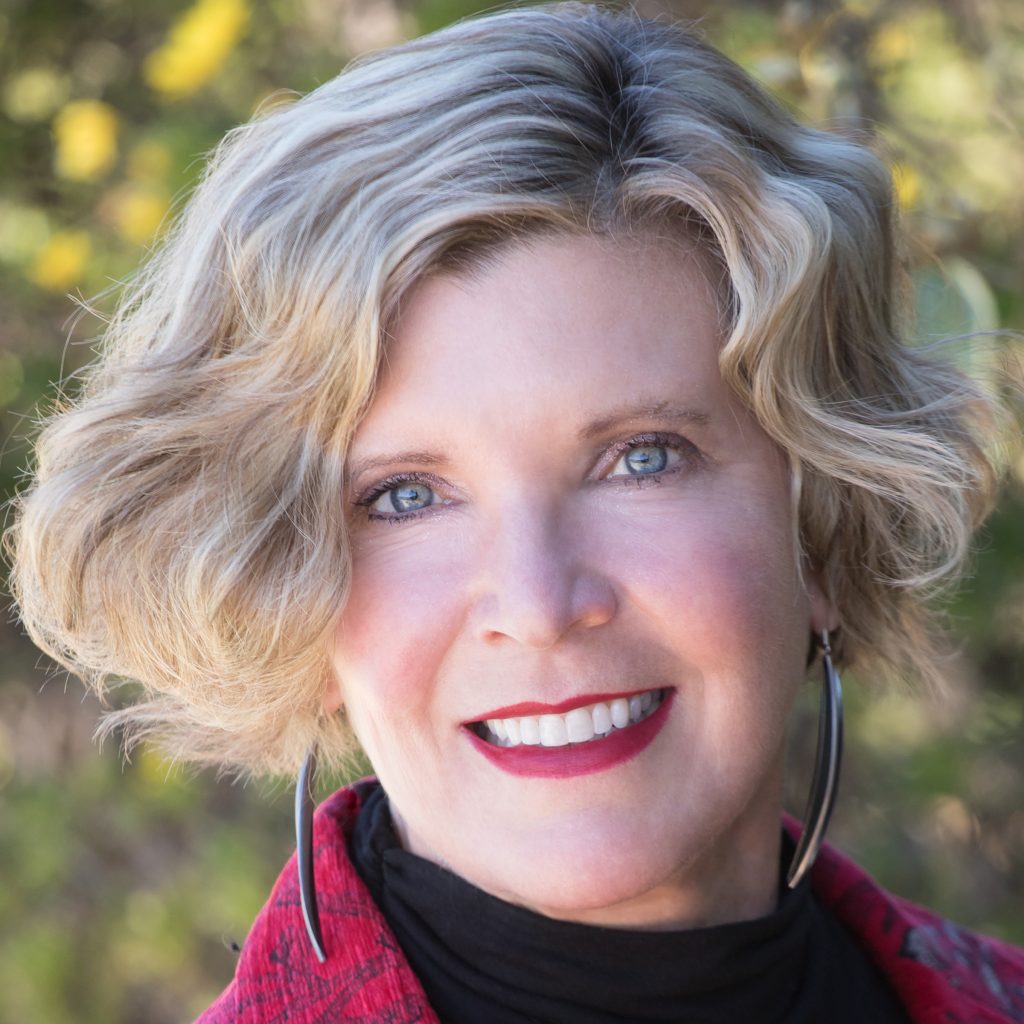
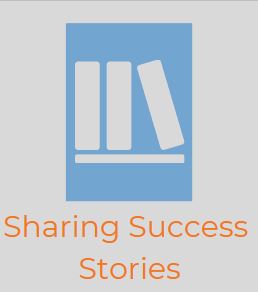


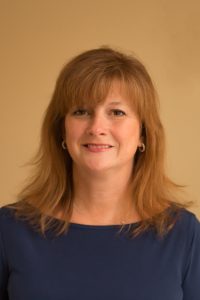
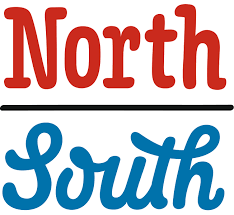

 Our audience of publishers and authors is always eager to learn more about how others are planning their publicity and marketing efforts on NetGalley. Where does NetGalley fit into the overall strategy and timeline for Glimmerglass Girl?
Our audience of publishers and authors is always eager to learn more about how others are planning their publicity and marketing efforts on NetGalley. Where does NetGalley fit into the overall strategy and timeline for Glimmerglass Girl?